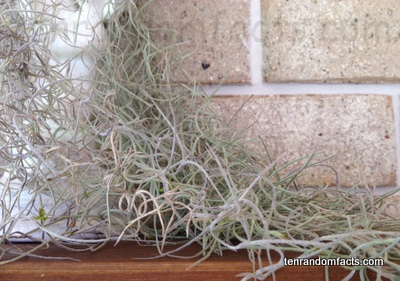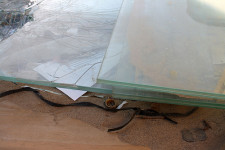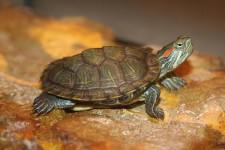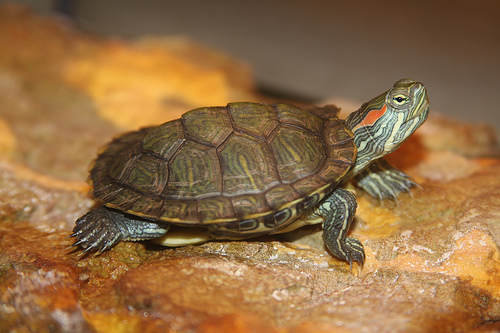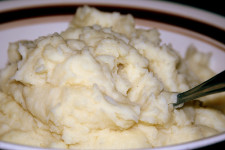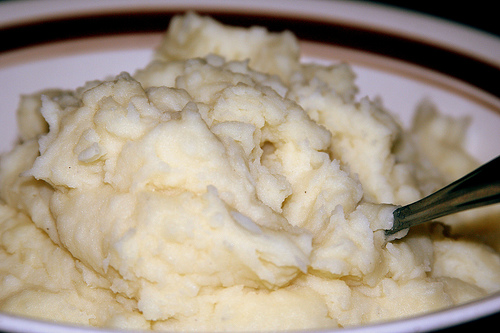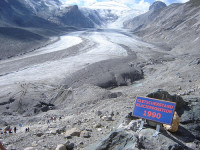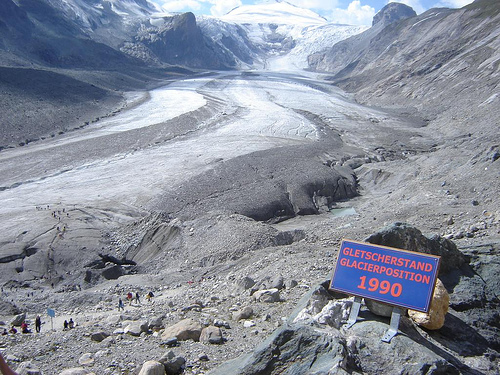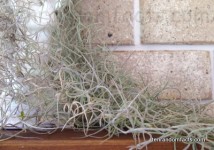
Spanish moss is a mop of scraggy hair.
- Spanish moss is a vegetation species that is hosted by a variety of trees, and it has no roots or need for soil and it is easily grown from cuttings or broken pieces.
- The scientific name of Spanish moss is Tillandsia usneoides, and it is from the family Bromeliaceae, the family of bromeliads.
- ‘Spanish moss’ is also known as an ‘air plant’, ‘Pele’s Hair’, ‘grey beard’, ‘old man’s whiskers’, and ‘old man’s beard’.
- Spanish moss is native to the moist areas of southeast North, Central and South America; and has become a weed in some parts of Australia.
- The leaves of Spanish moss have minute scales and appear to be a grey or green colour; and they are quite thin but long, reaching a single millimetre (0.04 inches) in width and 2 to 6 centimetres (0.8 to 2.4 inches) in length.
- Spanish moss droops from somewhat shaded or completely exposed tree branches, and the plant can be as long as 6 metres (20 feet).
- Nutrients and water for Spanish moss are generally obtained from the atmosphere, including precipitation.
- Spanish moss has been historically used for a variety of purposes, including as a filling for mattresses, and it can also be used as a fibre or for shelter insulation, as well as in creative works.
- Spanish moss is a common habitat for certain spiders, bats, rat snakes and insects, and is used as nest material for birds.
- Small fragrant flowers in blue, yellow or green may grow on Spanish moss in summer, and they produce hairy seeds.
Bibliography:
Spanish Moss, 2015, Wikipedia, https://en.wikipedia.org/wiki/Spanish_moss
Tillandsia Usneoides, 2015, Plants Rescue, http://www.plantsrescue.com/tillandsia-usneoides/
Tillandsia Usneoides (Spanish Moss), n.d, Kew Royal Botanical Gardens, http://www.kew.org/science-conservation/plants-fungi/tillandsia-usneoides-spanish-moss





